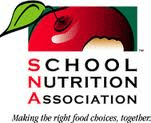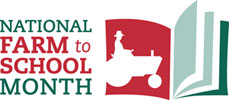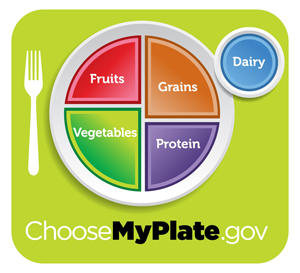Global Iodine Deficiency Disorder Day
Iodine Deficiency - Interview
with Prof. Zimmermann (Zürich}
with Prof. Zimmermann (Zürich}
\o
Iodine is an essential element for healthy neurological and endocrine development. A lack of iodine in the diet may lead to mental challenges, goiter, or thyroid disease. Dependent upon the severity of the deficiency, a lack of iodine can cause a significant delay in mental development, something that can be particularly detrimental if it occurs in childhood. According to the World Health Organization in 2007, almost 2 billion people worldwide were suffering from a lack of iodine in their diets, a third of which were children and young people. Iodine deficiency is a relatively simple affliction to correct, however much of the population continues to go untreated.
Function
Function
Iodine is needed for the normal metabolism of cells. Metabolism is the process of converting food into energy. Humans need iodine for normal thyroid function and for the production of thyroid hormones.
Food Sources
- Iodized salt is table salt with iodine added. It is the main food source of iodine.
- Seafood is naturally rich in iodine. Cod, sea bass, haddock, and perch are good sources.
- Kelp is the most common vegetable seafood that is a rich source of iodine.
- Dairy products also contain iodine.
- Other good sources are plants grown in iodine-rich soil.
Recommendations
The best way to get the daily requirement of essential vitamins is to eat a balanced diet that contains a variety of foods from the food guide plate.
A 1/4 teaspoon of iodized table salt provides 95 micrograms of iodine. A 6-ounce portion of ocean fish provides 650 micrograms of iodine. Most people are able to meet the daily recommendations by eating seafood, iodized salt, and plants grown in iodine-rich soil. When buying salt, make sure it is labeled "iodized."
The Food and Nutrition Board at the Institute of Medicine recommends the following dietary intake for iodine:
Infants
0 - 6 months: 110 micrograms per day (mcg/day)
7 - 12 months: 130 mcg/day
Children
1 - 3 years: 90 mcg/day
4 - 8 years: 90 mcg/day
9 - 13 years: 120 mcg/day
Adolescents and Adults
Males age 14 and older: 150 mcg/day
Females age 14 and older: 150 mcg/day
Specific recommendations depend on age, gender, and other factors (such as pregnancy). Women who are pregnant or producing breast milk (lactating) need higher amounts. Ask your healthcare provider which amount is best for you.
Resource
Global Iodine Deficiency Disorders (IDD) Prevention Day, World Health Organization.
Global Iodine Deficiency Disorders (IDD) Prevention Day, World Health Organization.

































